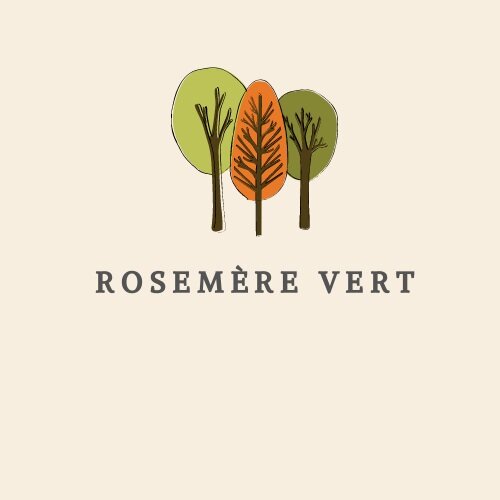Wood Duck (Aix sponsa)
Place observed
Tylee Marsh, Miller Marsh and sometimes the former golf course area.
Description
Also known as the Wood Duck, the Wood Duck is a perching duck and is about 50 cm long. It is slightly smaller than the Mallard. The male's breeding plumage is striking with its mix of colors, red eyes, crest and stripes. The female's breeding plumage is in shades of brown and is distinguished by a white teardrop-shaped patch encircling each eye and a shorter crest than that of the male.
Habitat
It inhabits mainly the east and west coasts of the United States, but also part of Mexico in winter and southern Canada during the breeding season. It is a bird that prefers wooded areas bordering permanent wetlands such as rivers, lakes, swamps and marshes. In Rosemère, data indicates that it has been observed at Tylee Marsh, Miller Marsh and occasionally in the wetlands of the former golf course
Breeding
At the age of one, the young adults are ready to breed. They like to nest high up in trees and use tree cavities or artificial nest boxes to make their nests. The females lay about 12 eggs which they then incubate alone for about 30 days. In our regions, hatching usually occurs in June and when the babies leave the nest, they stay with their mother for another 8 to 9 weeks, learning to feed on the nearest body of water.
Diet
The Wood Duck's diet consists of about 90% plants such as aquatic plants, seeds and fruits, and also insects. At the end of September, beginning of October, it begins its migratory journey towards the south-eastern United States where it will spend the winter and will return to our latitudes the following April.
Sources


